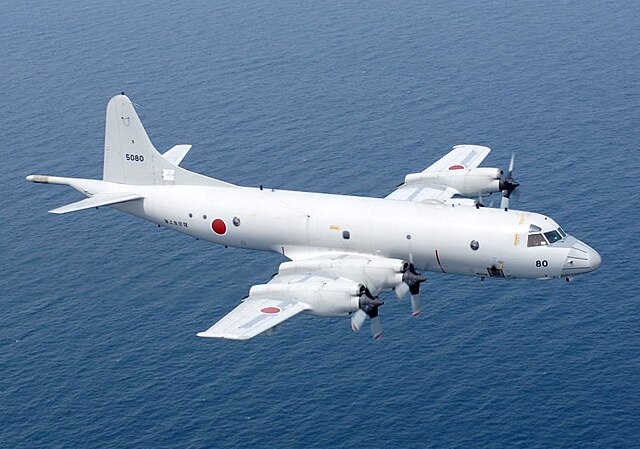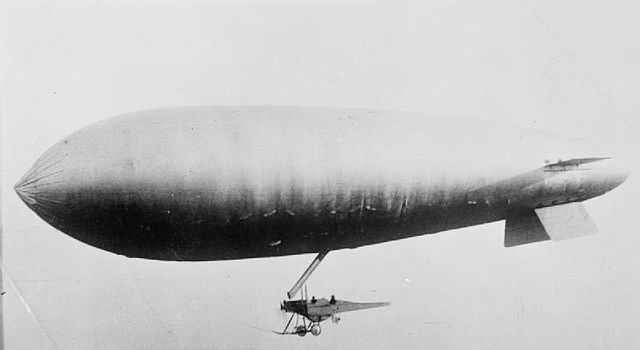Consolidated PB4Y-2 Privateer
The Consolidated PB4Y-2 Privateer is an American World War II and Korean War era patrol bomber of the United States Navy derived from the Consolidated B-24 Liberator. The Navy had been using B-24s with only minor modifications as the PB4Y-1 Liberator, and along with maritime patrol Liberators used by RAF Coastal Command this type of patrol plane was proven successful. A fully navalised design was desired, and Consolidated developed a dedicated long-range patrol bomber in 1943, designated PB4Y-2 Privateer. In 1951, the type was redesignated P4Y-2 Privateer. A further designation change occurred in September 1962, when the remaining Navy Privateers were redesignated QP-4B.
Consolidated PB4Y-2 Privateer
A PB4Y-2B carrying ASM-N-2 Bat glide bombs.
U.S. Coast Guard P4Y-2G BuNo 66306
P4Y-2 Tanker 123 BuNo 66260 (N7620C), of Hawkins & Powers in service supporting the CDF, at Chester Air Attack Base in the late 1990s—crashed 18 July 2002.
A maritime patrol aircraft (MPA), also known as a patrol aircraft, maritime reconnaissance aircraft, maritime surveillance aircraft, or by the older American term patrol bomber, is a fixed-wing aircraft designed to operate for long durations over water in maritime patrol roles — in particular anti-submarine warfare (ASW), anti-ship warfare (AShW), and search and rescue (SAR).
A P-3C of the Japan Maritime Self-Defense Force
SS class airship
British Short Sunderland maritime reconnaissance flying boat
Interior of a French Navy Breguet Atlantic








